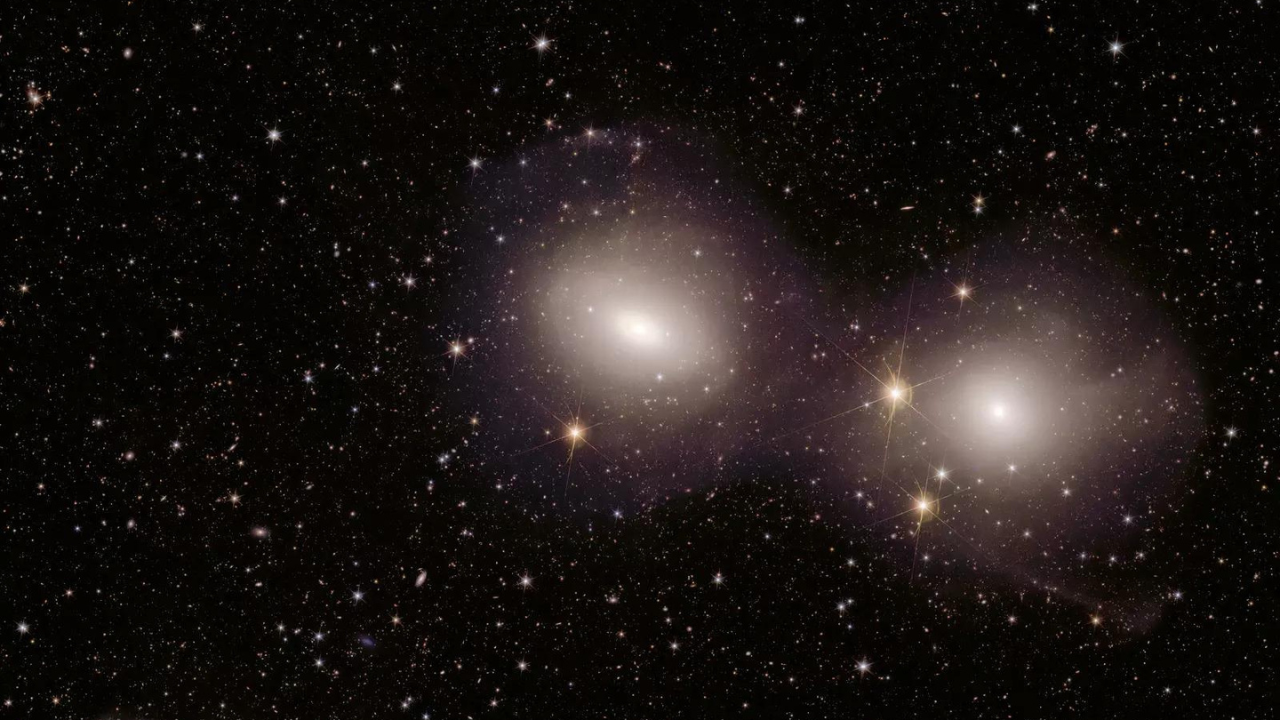NEW DELHI: European Space Agency‘s Euclid observatory has captured new detailed images of a vast cradle of baby stars.
The captivating images were released by the space agency on Thursday. The observatory was launched last year from Florida with its primary mission being, ‘exploring the dark universe‘.
Positioned 1 million miles (1.6 million kilometers) away from Earth, Euclid will observe billions of galaxies spanning more than a third of the sky in the upcoming year.The morphology and dimensions of these galaxies can aid researchers in comprehending the perplexing dark energy and dark matter that constitute the majority of the universe.
“Euclid is at the very beginning of its exciting journey to map the structure of the universe,” said Josef Aschbacher, space agency’s director general.
Among the recently unveiled images is a photograph of Messier 78, a colossal stellar nursery situated 1,300 light-years away, with a light-year equating to 5.8 trillion miles. Euclid’s infrared camera penetrated the dust shrouding the stellar nursery, exposing previously unseen regions of star formation, as reported by ESA.
The captivating images were released by the space agency on Thursday. The observatory was launched last year from Florida with its primary mission being, ‘exploring the dark universe‘.
Positioned 1 million miles (1.6 million kilometers) away from Earth, Euclid will observe billions of galaxies spanning more than a third of the sky in the upcoming year.The morphology and dimensions of these galaxies can aid researchers in comprehending the perplexing dark energy and dark matter that constitute the majority of the universe.
“Euclid is at the very beginning of its exciting journey to map the structure of the universe,” said Josef Aschbacher, space agency’s director general.
Among the recently unveiled images is a photograph of Messier 78, a colossal stellar nursery situated 1,300 light-years away, with a light-year equating to 5.8 trillion miles. Euclid’s infrared camera penetrated the dust shrouding the stellar nursery, exposing previously unseen regions of star formation, as reported by ESA.
